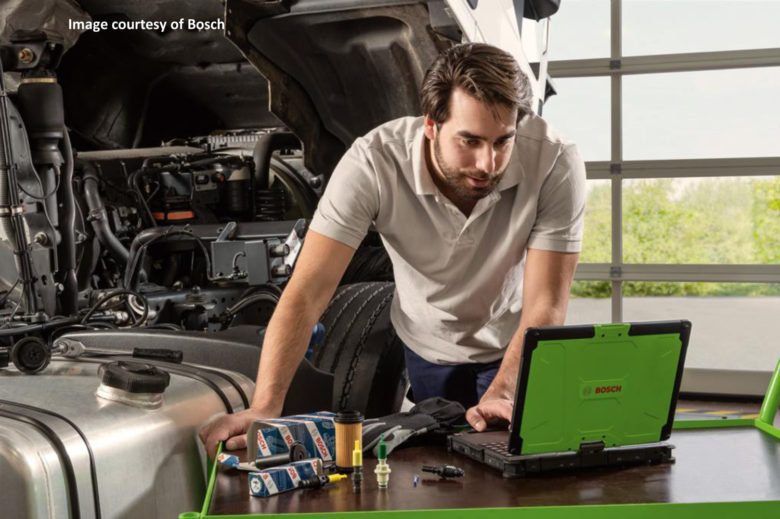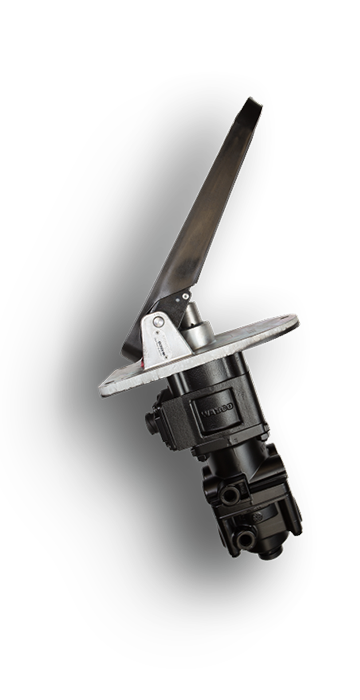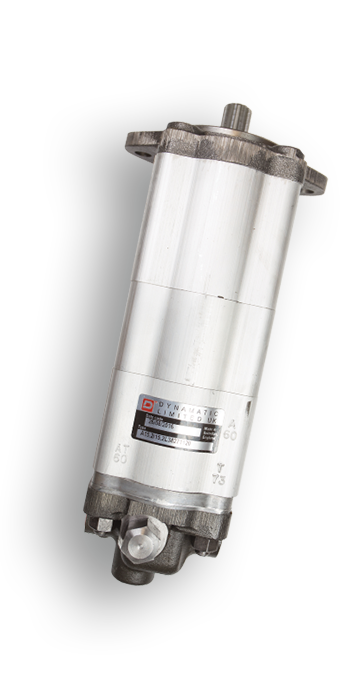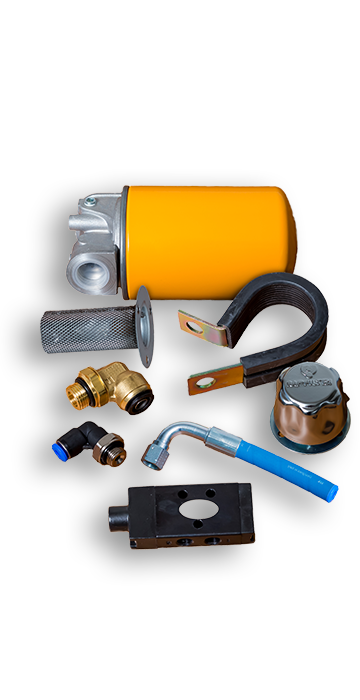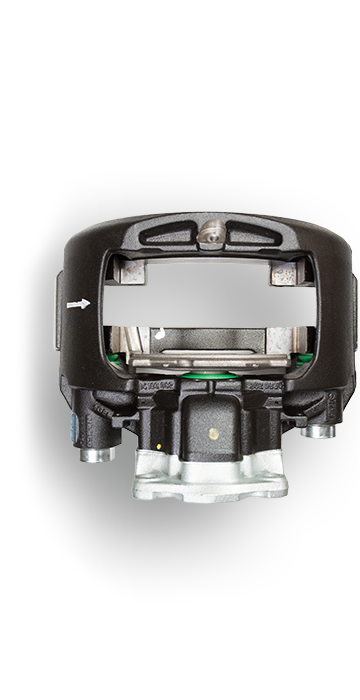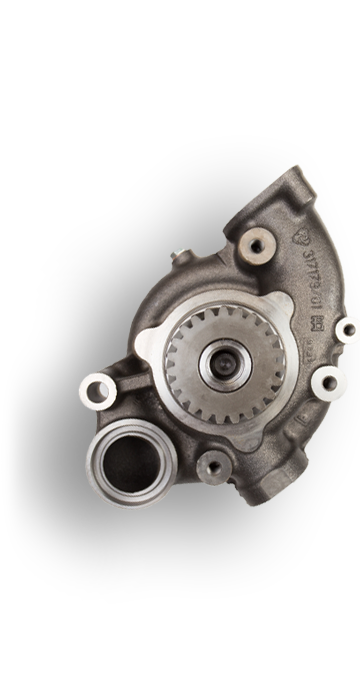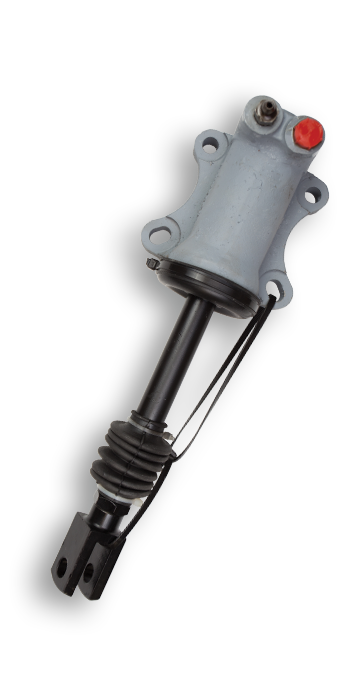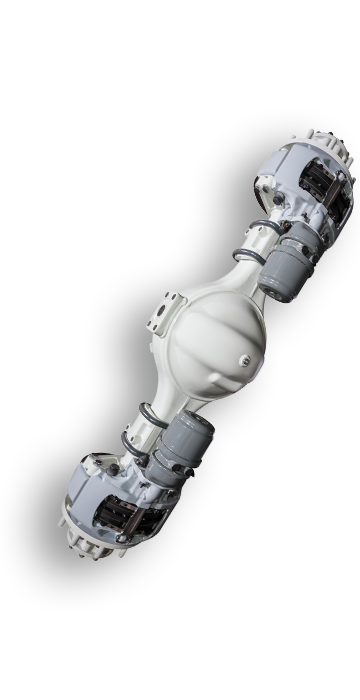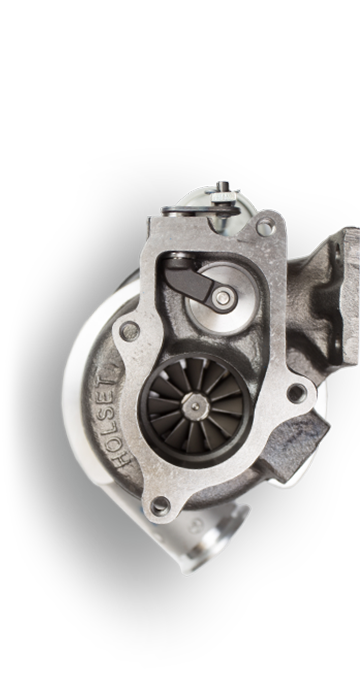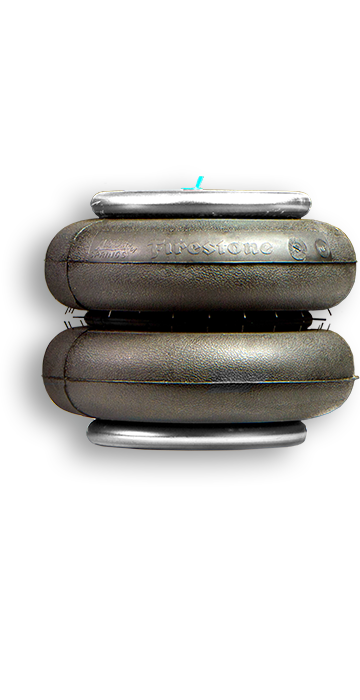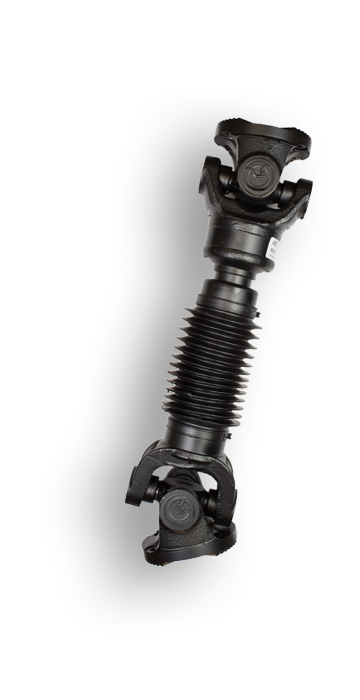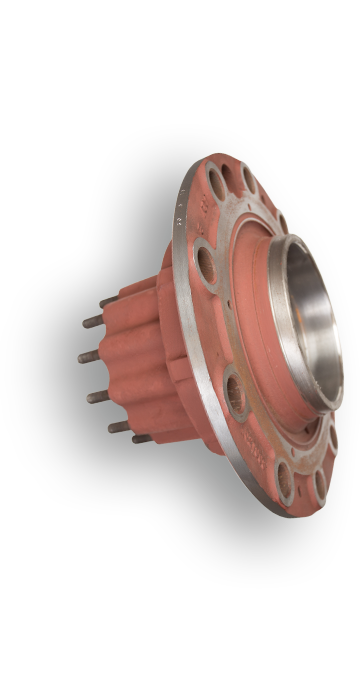Bus diagnostic technology
The technology used to diagnose faults on buses has evolved considerably in recent years, in line with the increasingly complex systems fitted to vehicles. Designed to reduce or eliminate emissions, improve efficiency and increase safety, these systems require advanced diagnostic equipment to determine and repair faults.
For example, the growth in hybrid and electric buses has seen the introduction of standalone electric cooling and compressed air systems with dedicated electronic control units (ECUs) that require precise diagnosis. At the same time, the introduction of Euro VI standards for diesel vehicles in 2013 has resulted in the OEM fitment and retrofitting of sophisticated emissions control technology, such as AdBlue exhaust gas treatment, that also require expert interrogation.
Diagnostic technology has constantly evolved since the original ‘blink code’ equipment used half a century ago by technicians to examine a sequence of flashing lights via the dashboard and relying on their knowledge and experience to decipher the most basic information and detect faults. Today, sophisticated PC-based diagnostics has replaced the wrench as arguably the most important tool in the bus workshop. Connected from the vehicle to a laptop via a cable, Bluetooth or Wi-Fi connection, the latest diagnostic equipment enables technicians to communicate with ECUs, analyse live vehicle data, read fault codes and obtain detailed guidance on how to solve them.
The mandatory introduction of the universal on-board diagnostics (OBD II) communications interface for diesel vehicles sold in the EU from the 2003 model year onwards represented a milestone for bus diagnostics. In the past, specific connectors were required to interface with the varying diagnostic ports used by particular vehicle and OE system manufacturers.
While OBD II has removed the previous ‘interoperability’ problem of connecting different vehicles and systems to the same piece of diagnostic equipment, determining the right diagnostic software choice and the depth of technical information and troubleshooting guidance has become an important consideration. It is not uncommon for operators to be tasked with supporting newer, more complex vehicles that were previously maintained under manufacturer service contracts, resulting in the need to invest in the appropriate diagnostic equipment to keep the ‘out of contract’ vehicles properly maintained.
In essence, operators have two diagnostics options: Aftermarket software which typically offers the advantage of covering a wide range of vehicles and operating systems, but with limited depth of technical information and the risk of voiding the terms of a manufacturer’s warranty. The second route is vehicle manufacturer and OE system specific software from suppliers such as Bosch, Cummins, Knorr-Bremse and Wabco.
Although more costly, OEM software provides number of advantages. These include the depth and quality of the diagnostic data, regular manufacturer software updates, technical support and compatibility with warranty terms. In addition and of particular importance in a climate where experienced technicians are in short supply, OEM diagnostics typically offers detailed fault finding information and in-depth guidance on carrying out repairs.
As one of the UK’s leading suppliers of OE parts and components for the PSV sector, Imperial Engineering offers and range of OEM diagnostic equipment and is pleased to support operators with technical advice and guidance. For further information, please call us on 01992 634255.
